Holistic advances for Parkinson’s Disease
Price range: $40.00 through $96.00
Holistic Advances for Parkinson’s Disease: The Comprehensive Management with Biological Approach, Personalized Cellular Perspectives, Mitochondrial, and Neural Peptides Benefits offers an integrative and forward-thinking perspective on the management of Parkinson’s disease (PD), uniting decades of scientific discovery with emerging biological therapies. This book delves deep into the multifactorial nature of PD, presenting a personalized roadmap that includes cellular regenerative strategies, mitochondrial support, and the therapeutic potential of neural and bioactive peptides.
Written for clinicians, researchers, and informed patients, it explores innovative pathways that go beyond symptom control—addressing the root biological dysfunctions that drive disease progression. From cellular modulation and neuroplasticity enhancement to autonomic balance and mitochondrial optimization, this book offers a truly comprehensive and holistic vision for improving outcomes and restoring quality of life in those affected by Parkinson’s Disease.
Holistic Advances for Parkinson’s Disease is a transformative resource for anyone seeking to understand and implement the next generation of Parkinson’s care.
Description
Authors
Prof. Dr. Mike K.S. Chan and Dr. Dina Tulina
Published by
EUROPEAN WELLNESS ACADEMY – Medical Research
Medical Research
ISBN: 9781662965289
eISBN: 9781662965296
Library of Congress Control Number: 2025940634
Author Bio:
Professor Dato’ Sri Dr. Mike K.S. Chan is a pioneer of Cellular and Cell Membrane Therapy in Europe and Asia since the early 1980’s. He founded one of the world’s largest researchers of Bio-Molecular Medicine based in Switzerland and Germany with a global presence in almost eighty countries. He has conducted more than 1,000 lectures, seminars, and symposiums worldwide in the fields of antiaging, cell regeneration, regenerative medicine, and stem-cell therapies.
Dr. Dina Tulina is a specialist in anti-aging and regenerative medicine with extensive experience in the field. Basing her knowledge on scientific and research experience within the scope of neuropsychiatry (age-related brain changes and associated cognitive and mental disorders), Dr Dina has expanded and enriched her expertise by incorporating preventative medicine, natural and complementary therapies for age-related changes, and the use of biologics in regenerative medicine. Guided by the philosophy “He, who owns the youth, owns the future”, Dr Dina is deeply passionate about the educational aspects of anti-aging medicine and wellness.
Table of Content
CHAPTER I: ESSENTIAL INSIGHTS ON PARKINSON’S DISEASE |
1 |
| Introduction | 1 |
| Clinical Appearance | 3 |
| In the Young | 4 |
| In the Elderly | 6 |
| In Women | 7 |
| In Men | 10 |
| Epidemiology of Parkinson’s Disease Worldwide | 11 |
| Geographic Distribution of Parkinson’s Disease Cases | 11 |
| Projected Growth of PD Cases Worldwide | 14 |
| Neuropathology and Causes | 16 |
| Genetic Factors in Neurological Disorders: The Role of Heredity in PD | 16 |
| Idiopathic Parkinson’s Disease | 17 |
| The Genetic Basis of PD | 18 |
| Autosomal-Recessive Transmission: A Hidden Threat | 19 |
| The Importance of Genetic Screening and Early Detection | 19 |
| Other Genetic Factors in PD | 20 |
| The Role of Environmental and Lifestyle Factors | 20 |
| Induced Parkinsonism by Other Contributing Factors | 22 |
| 1. Medication-Induced Risks | 22 |
| 2. Head Injuries and Their Neurological Impact | 23 |
| 3. The Role of Infections: Viral and Bacterial Encephalitis | 24 |
| 4. Underlying Medical Conditions as Contributing Factors | 24 |
| Symptoms | 25 |
| Motor Symptoms of Parkinson’s Disease | 26 |
| Non-Motor Symptoms (NMSs) of Parkinson’s Disease | 31 |
| 1. Cognitive Impairment and Dementia | 32 |
| 2. Psychiatric Disorders and Emotional Changes | 33 |
| 3. Sleep Disorders | 34 |
| 4. Autonomic Nervous System (ANS) Dysfunction | 36 |
| 5. Sensory Disturbances and Pain | 36 |
| 6. Fatigue | 37 |
| Dystonia and Dyskinesia: Movement-Related Complications | 37 |
| Diagnosis | 39 |
| Visual Examination by a Neurologist | 39 |
| Functional Diagnostic Tests | 41 |
| Supplementary Diagnostic Tests | 45 |
| Emerging Diagnostic Techniques | 48 |
| Emerging Alpha-Synuclein-Based Laboratory Tests | 48 |
| Potential Future Diagnostic Methods | 49 |
| Stages of Parkinson’s Disease | 50 |
| The Five Stages of the Hoehn and Yahr Scale | 51 |
| Structure of the MDS-UPDRS | 54 |
CHAPTER II: BIOLOGICAL SCIENCE PERSPECTIVE |
57 |
| Traditional Treatment of PD | 57 |
| 1. Pharmacological (Drug) Treatment | 58 |
| 2. Surgical Treatment (Deep Brain Stimulation) | 60 |
| 3. Supportive and Non-Pharmacological Therapies | 62 |
| Limitations of Traditional Treatments for PD | 63 |
| Brain Tissue Cells, Types, and Their Function | 67 |
| Whole Brain | 71 |
| Occipital Lobe | 72 |
| Frontal Lobe | 73 |
| Temporal Lobe | 75 |
| Parietal Lobe | 78 |
| Thalamus | 79 |
| Cerebellum | 82 |
| Medulla Oblongata | 84 |
| White Matter | 87 |
| Hippocampus | 87 |
| Amygdala | 89 |
| Mesencephalon | 92 |
| Rhinencephalon | 93 |
| Basal Ganglia | 96 |
| Diencephalon | 98 |
| Brainstem | 99 |
| Cerebral Cortex | 103 |
| Cerebral Hemispheres | 104 |
| Pineal Gland | 106 |
| Biological Approach | 107 |
| The Types and Stem Cells’ Function | 107 |
| Neural Precursor Cells (NPCs) | 111 |
| Targeted Precursor Stem Cells | 112 |
| Mesenchymal Stem Cells (MSCs) | 114 |
| Induced Pluripotent Stem Cells (iPSCs) | 116 |
| Oligodendrocyte Progenitor Cells (OPCs) | 117 |
| Embryonic Stem Cells (ESCs) | 118 |
CHAPTER III: CELLULAR STRATEGY FOR PD |
121 |
| Neural Precursor Stem Cells (NPCs) | 121 |
| The Role of Cellular Approach | 123 |
| 1. Substantia Nigra (Midbrain) | 123 |
| 2. Basal Ganglia (Forebrain) | 126 |
| 3. Striatum (Part of the Basal Ganglia) | 127 |
| 4. Subthalamic Nucleus/STN (Basal Ganglia) | 129 |
| 5. Thalamus | 130 |
| 6. Cortex (Motor Cortex and Prefrontal Cortex) | 132 |
| 7. Limbic System (Amygdala and Hippocampus) | 134 |
| 8. Brainstem (Including the Medulla and Pons) | 137 |
| 9. Cerebellum | 141 |
| Mito Organells CNS (MO CNS) Brain | 143 |
| The Role of MO CNS Brain in CNS Function | 144 |
| The Implications for PD | 146 |
| Nano-Size Neuropeptides | 149 |
| The Biological Role of Neuropeptides | 150 |
| Nano-Size Neuropeptides: A Revolutionary Approach in PD | 150 |
| Advanced Physiotherapies in the Management of PD | 152 |
| Transcranial Direct Current Stimulation (TDCS) in PD | 153 |
| Transcranial Magnetic Stimulation (TMS) in PD | 154 |
| Morphogenetic Harmonizer System, Scalar Plasma Wave Modulator | 157 |
| Hyperbaric Oxygenation Therapy (HBOT) with Hyperbaric Oxygen Chamber | 160 |
| Ozone Therapy | 164 |
REFERENCES |
169 |
Additional information
| Weight | N/A |
|---|---|
| Select Book Type | Printed English (Paperback), eBook English, Printed English (Paperback) + eBook English, eBook Chinese Simplified (简体)* + eBook English, eBook Chinese Traditional (繁体)* + eBook English, eBook Spanish* + eBook English, eBook Japanese* + eBook English, eBook Vietnamese* + eBook English, eBook Thai* + eBook English, eBook Arabic* + eBook English, eBook Korean* + eBook English, eBook Indonesian* + eBook English, eBook Portuguese* + eBook English |
Only logged in customers who have purchased this product may leave a review.
You may also like…
-

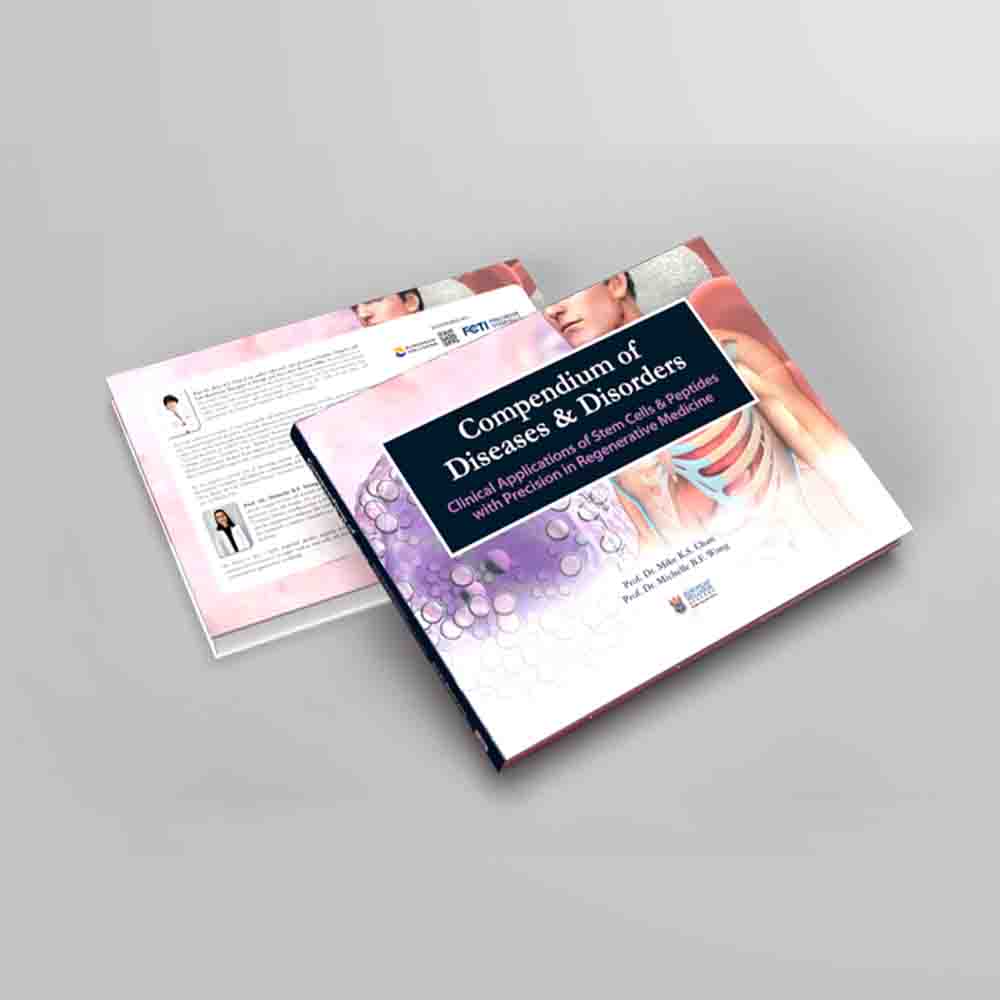 Select options This product has multiple variants. The options may be chosen on the product page
Select options This product has multiple variants. The options may be chosen on the product pageCompendium of Diseases & Disorders – Clinical Applications of Stem Cells & Peptides with Precision in Regenerative Medicine
Price range: $75.00 through $180.00 -

 Select options This product has multiple variants. The options may be chosen on the product page
Select options This product has multiple variants. The options may be chosen on the product pageStem Cells in Regenerative Medicine: Carpe Diem – Carpe Vitam!
Price range: $100.00 through $190.00
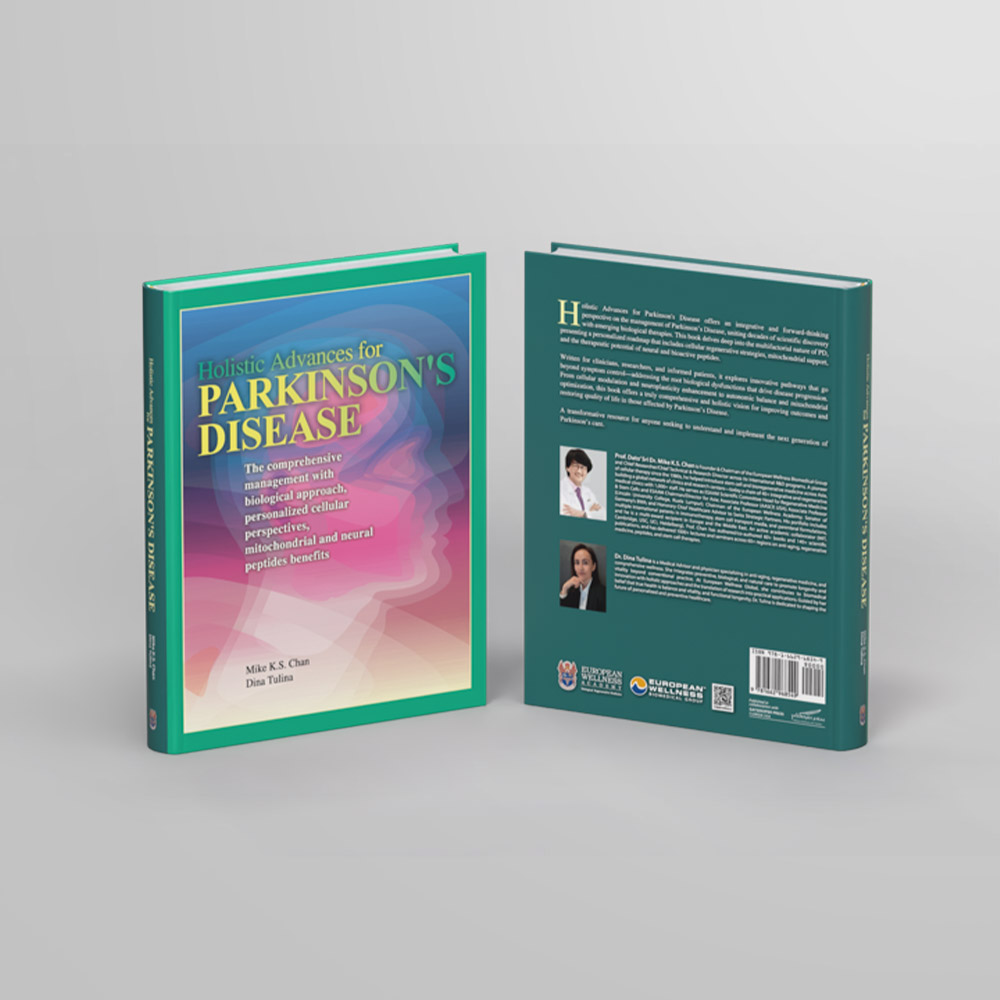
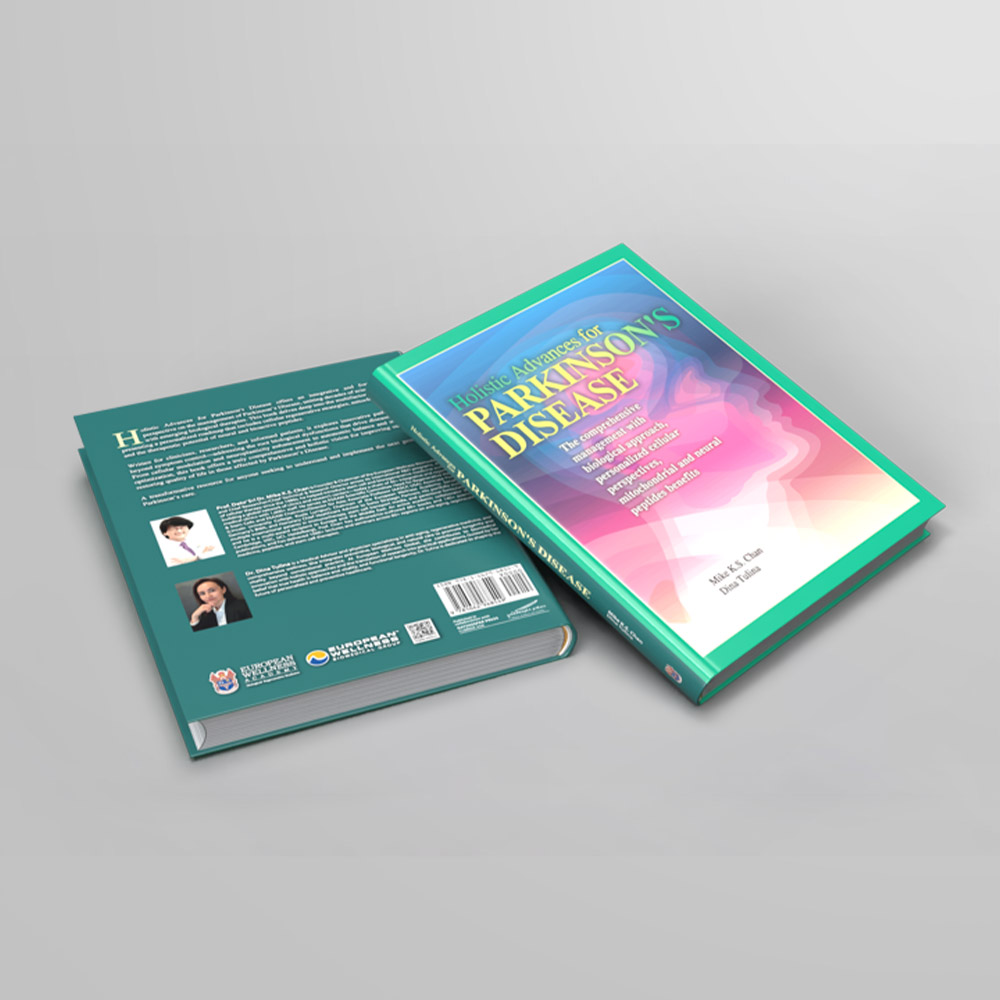
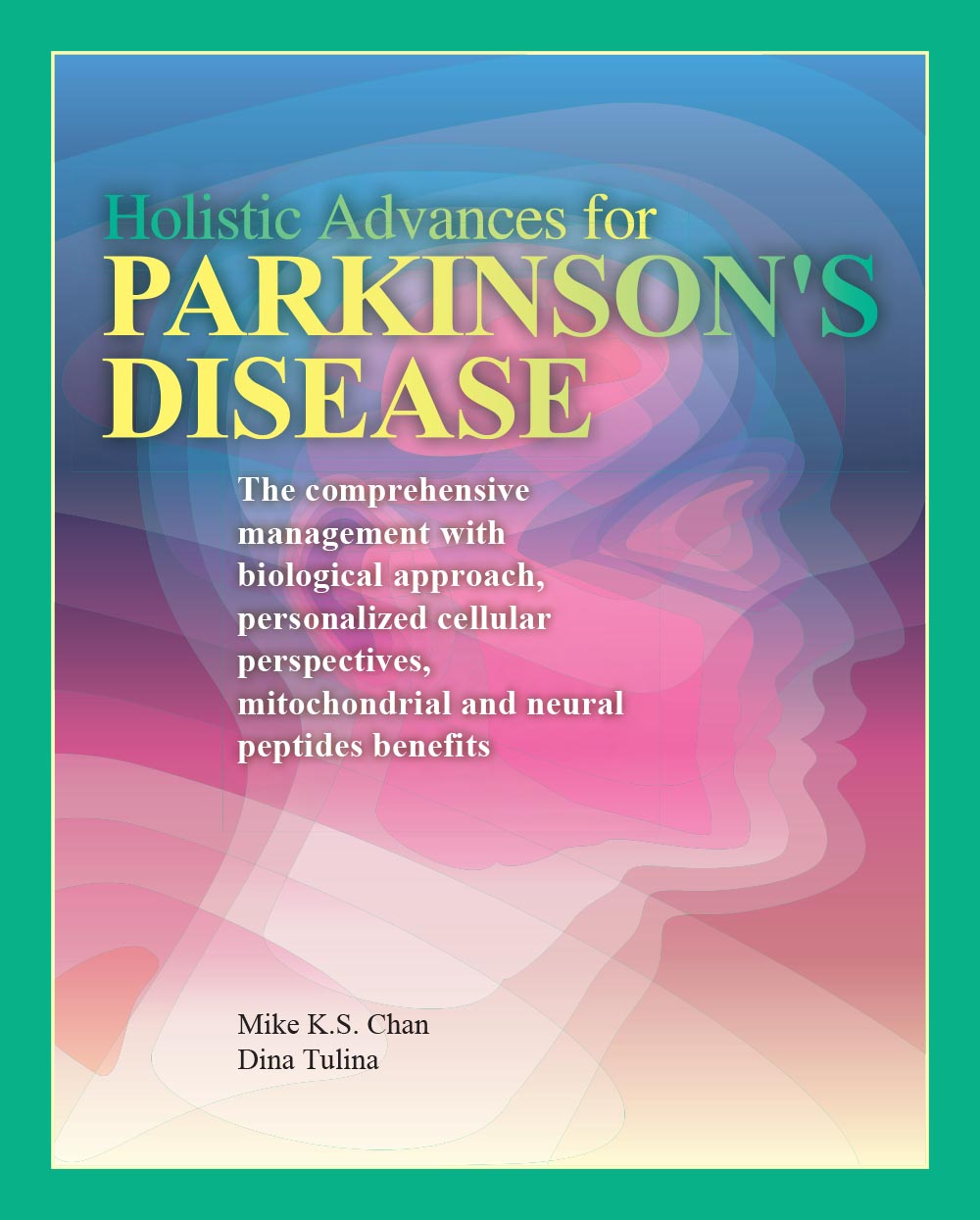
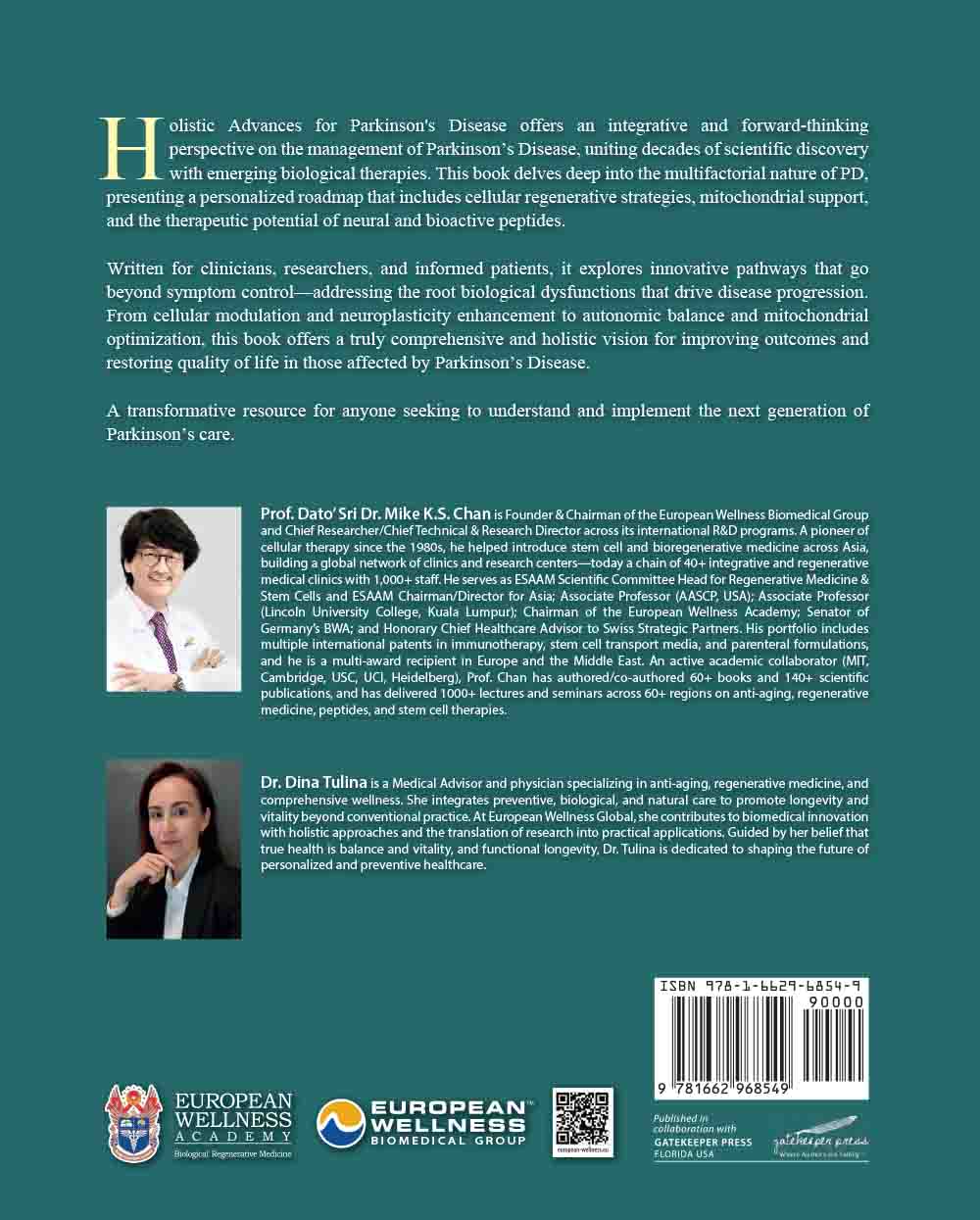
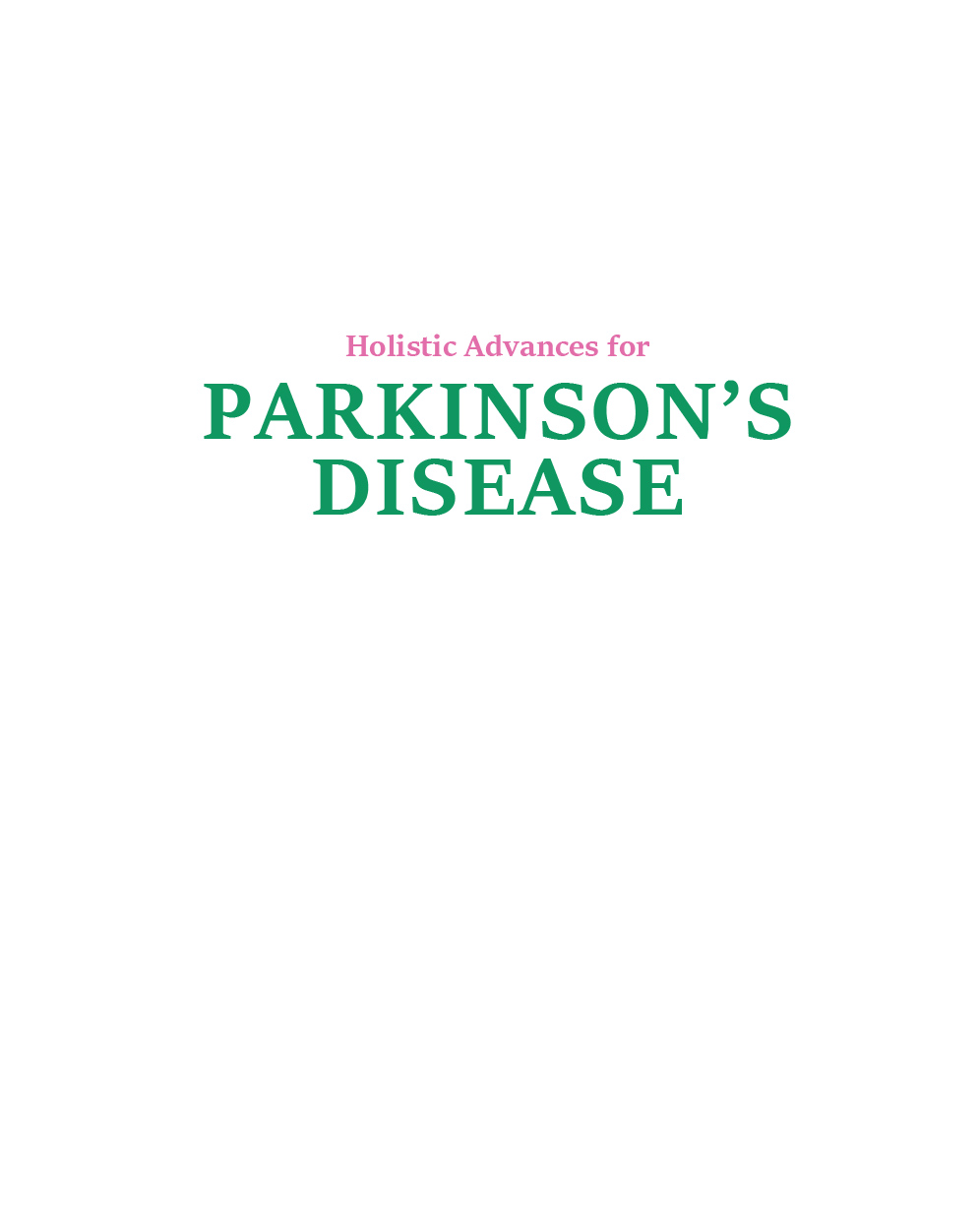
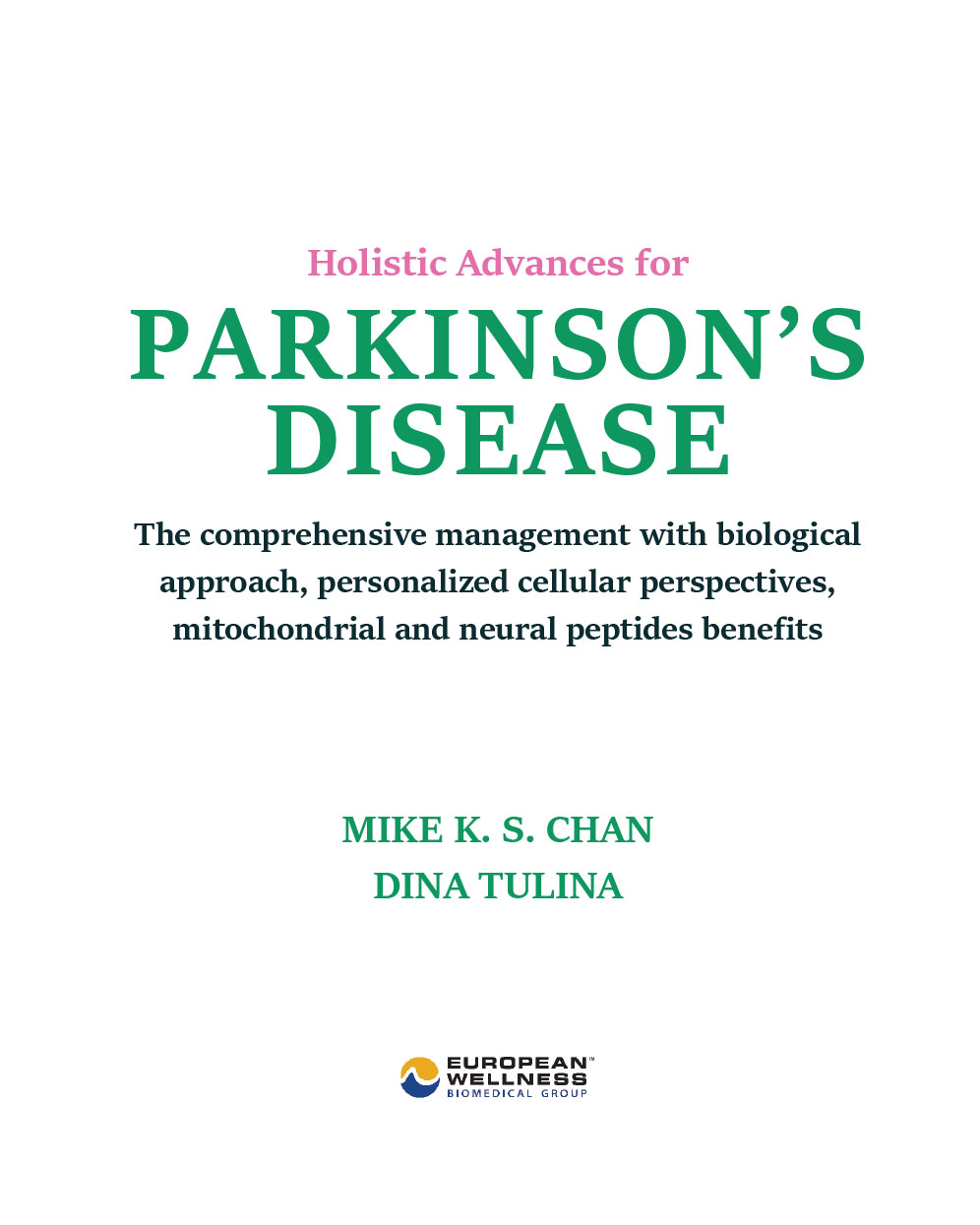
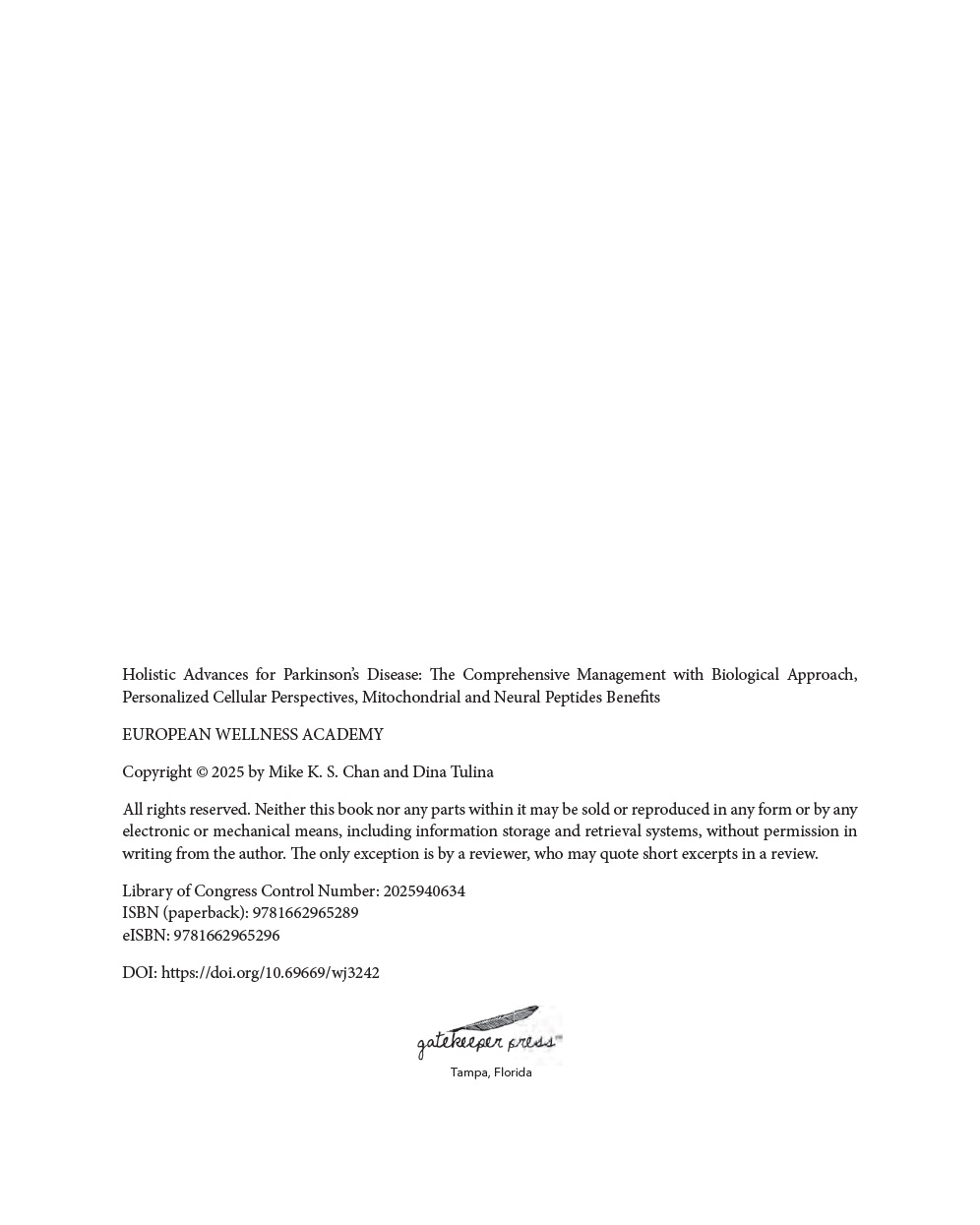

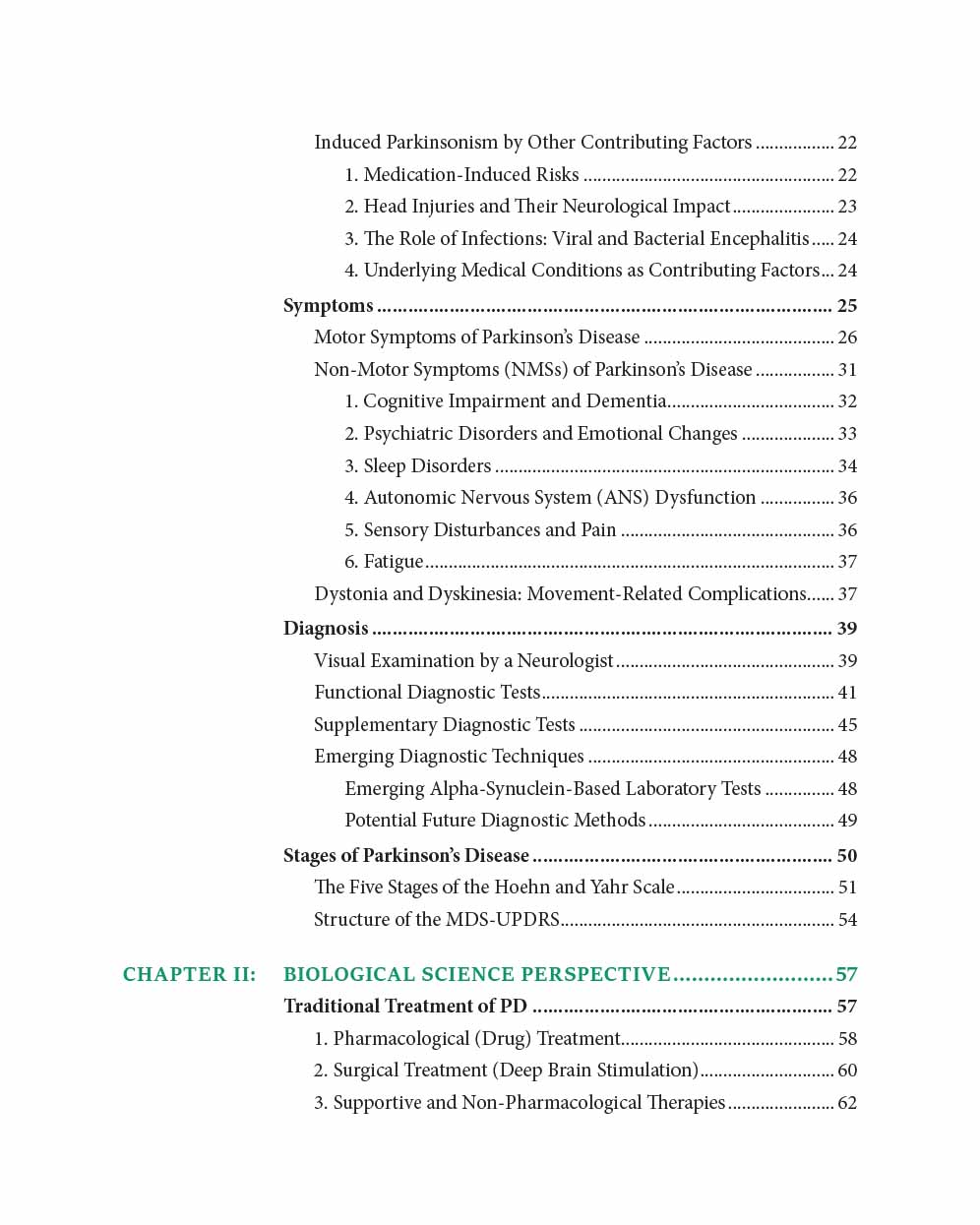
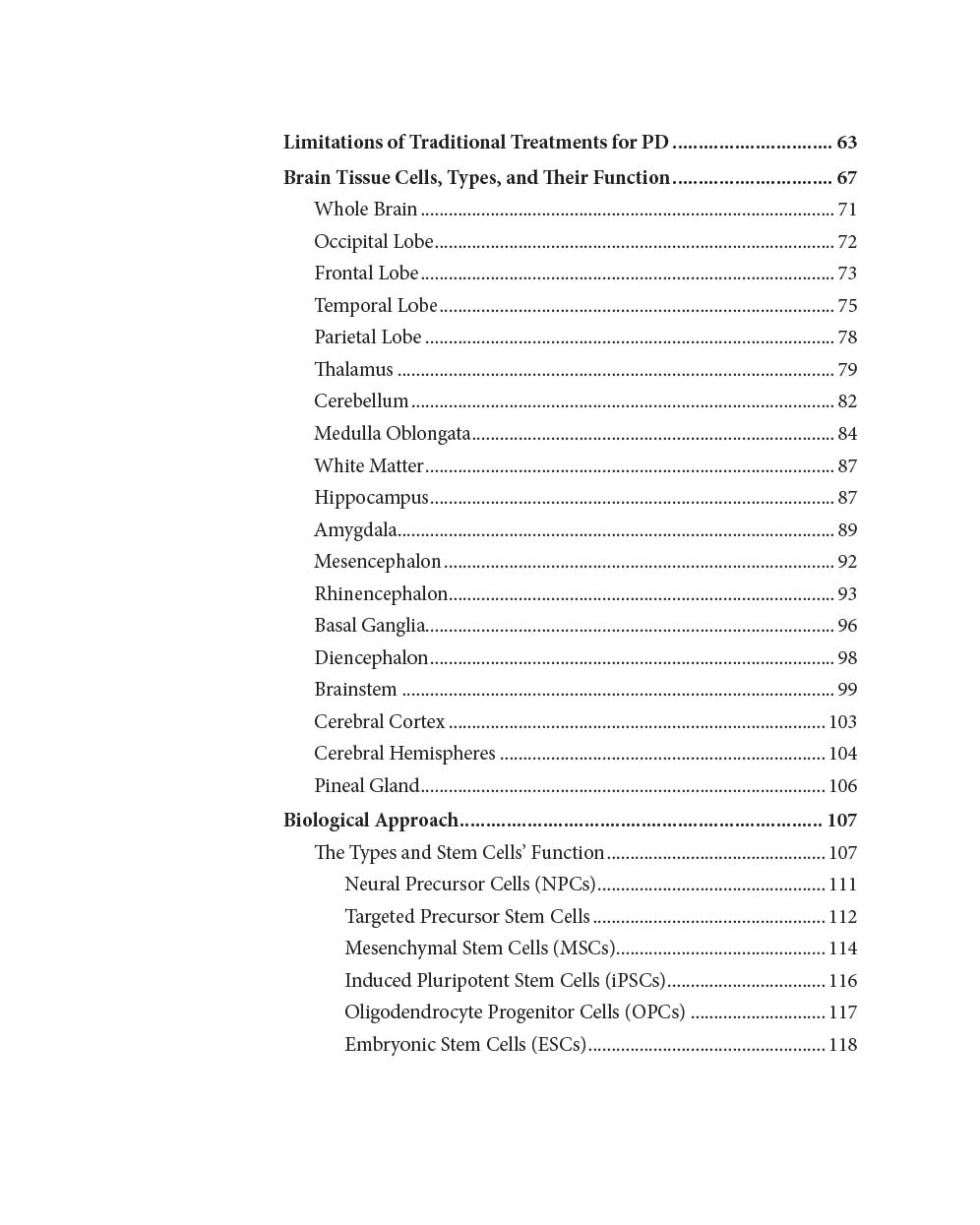



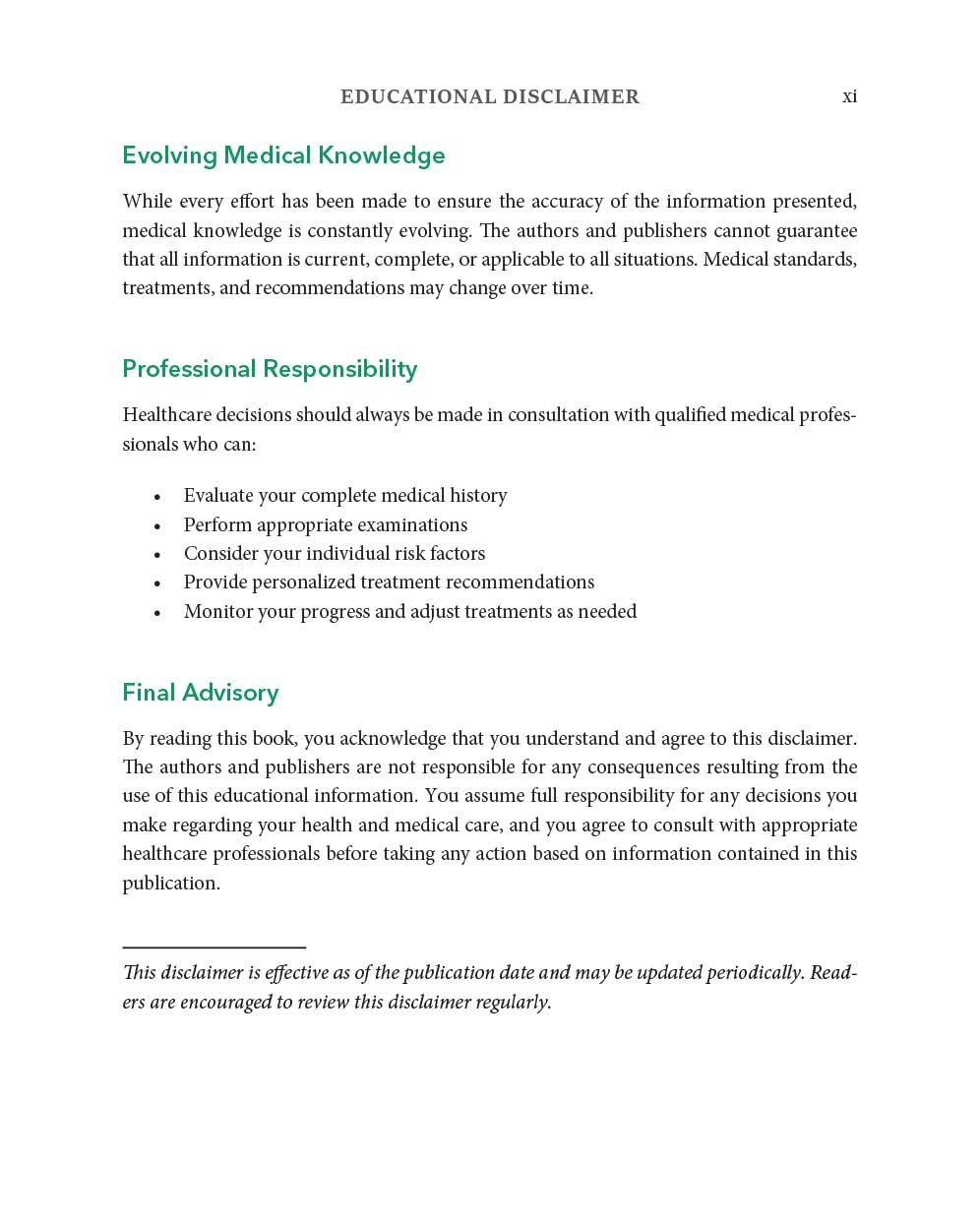
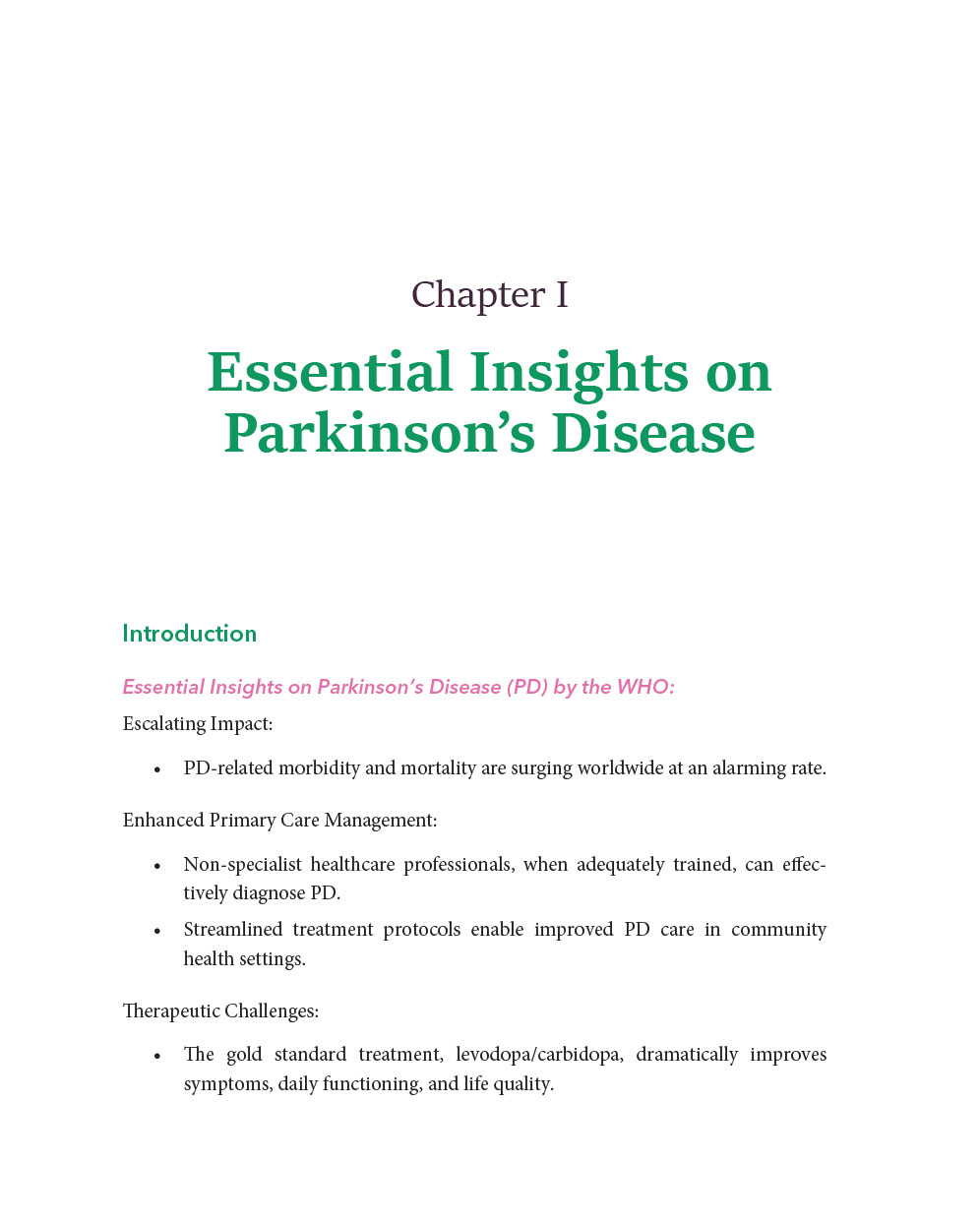





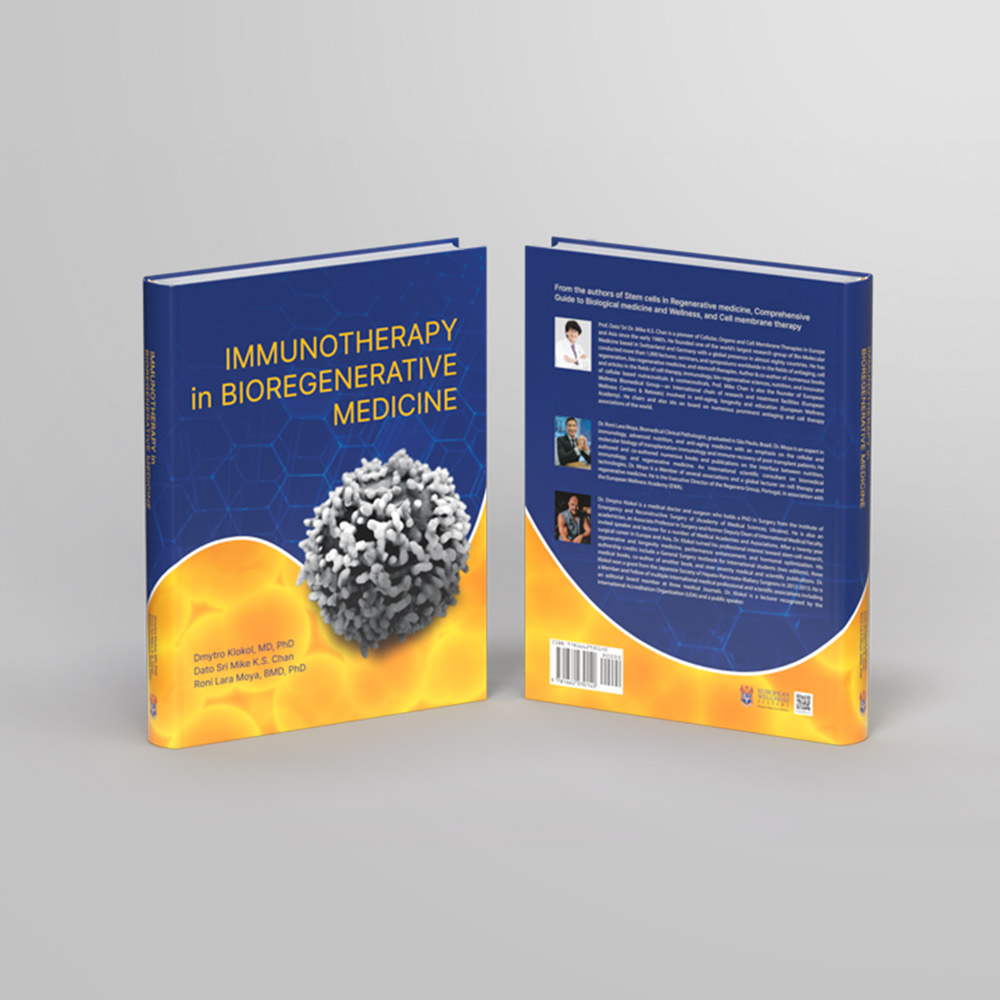
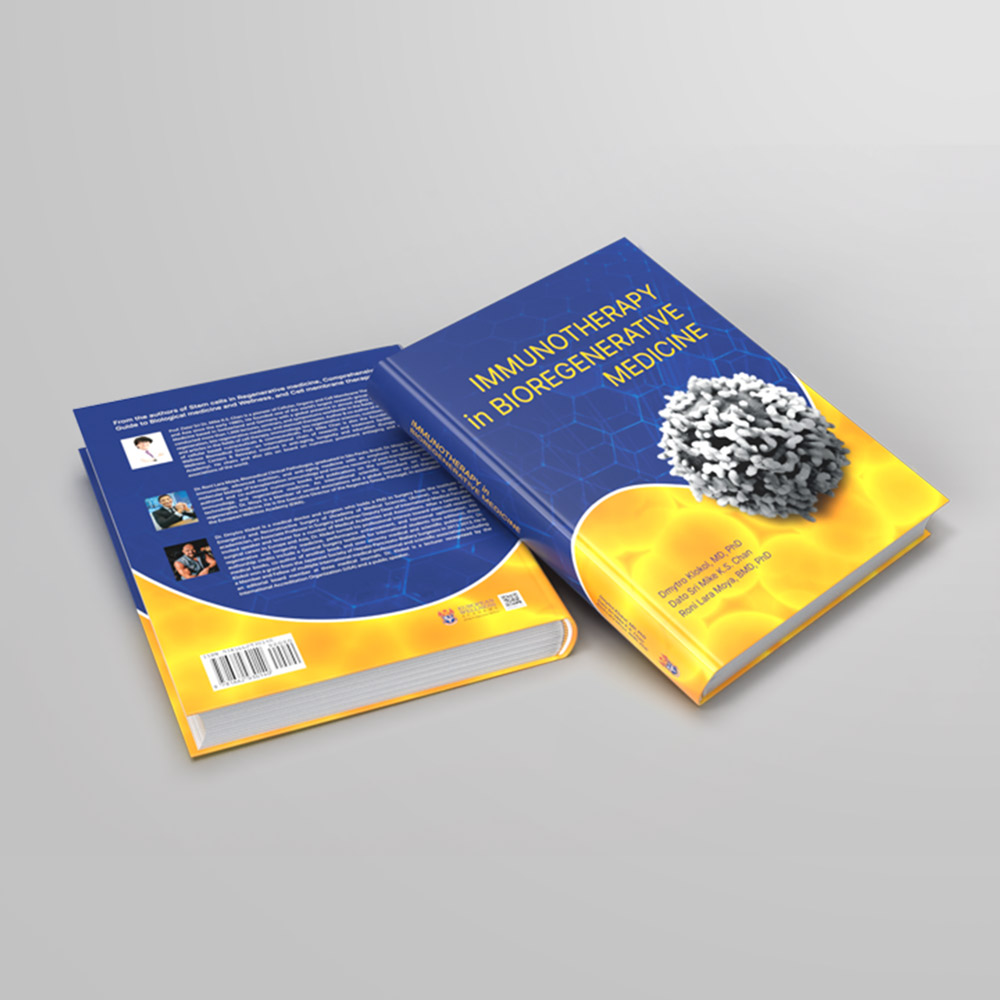

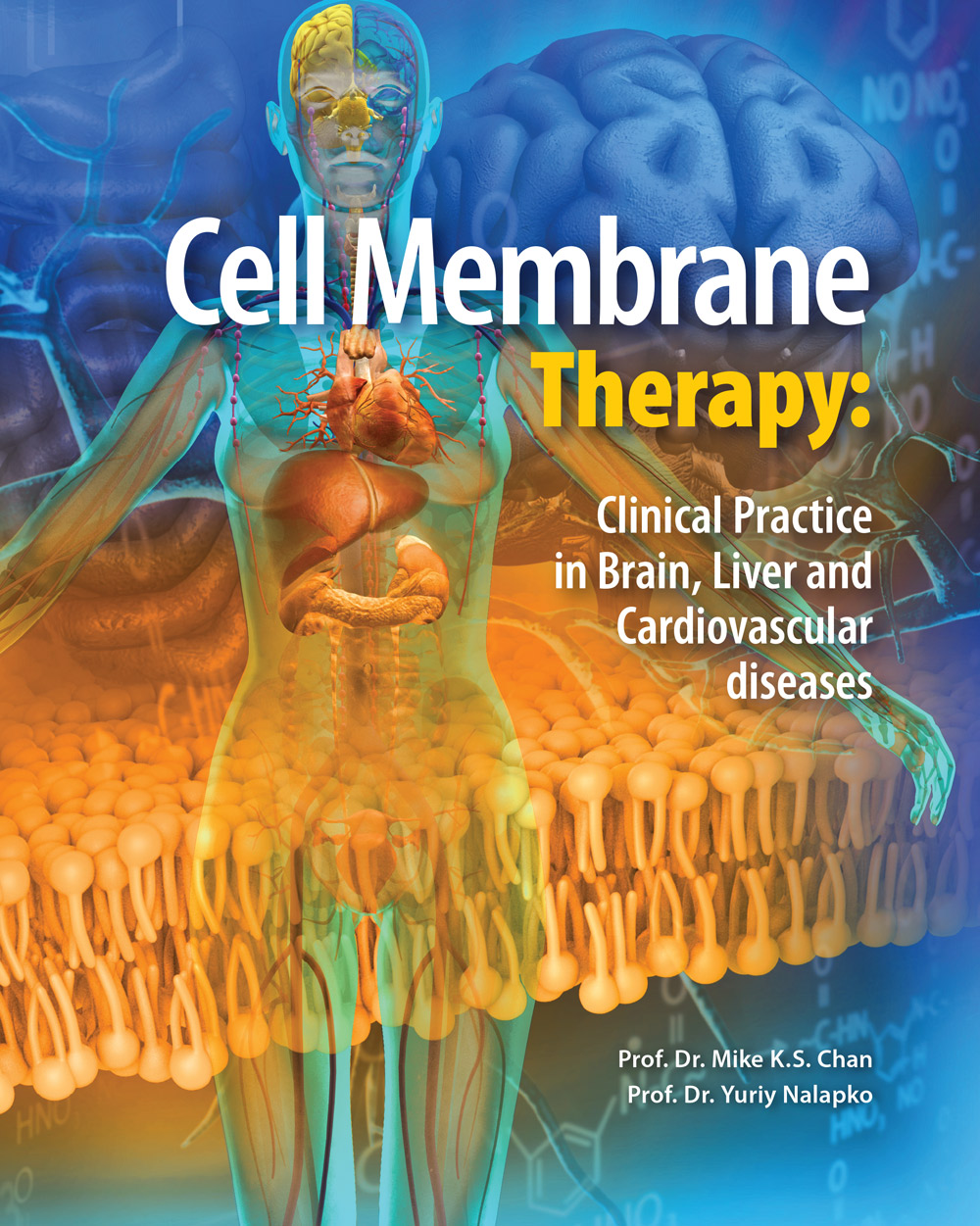

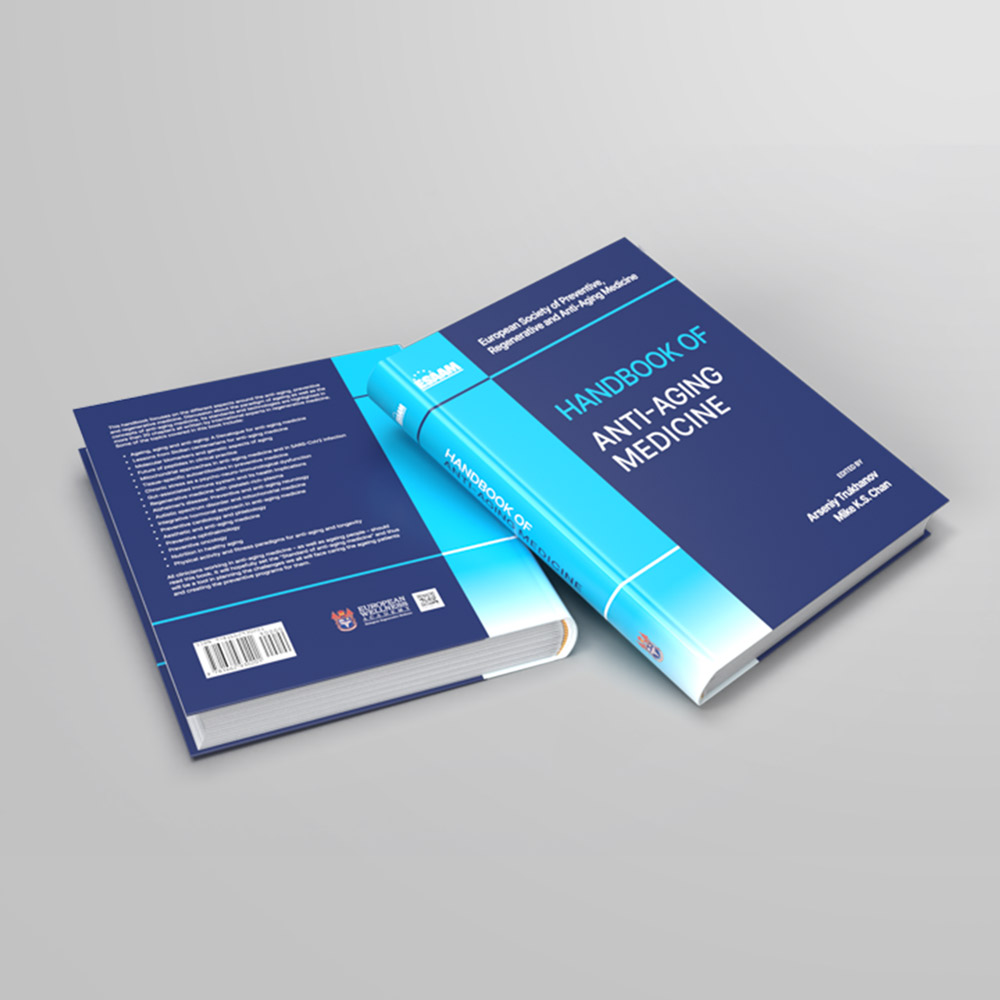
Reviews
There are no reviews yet.